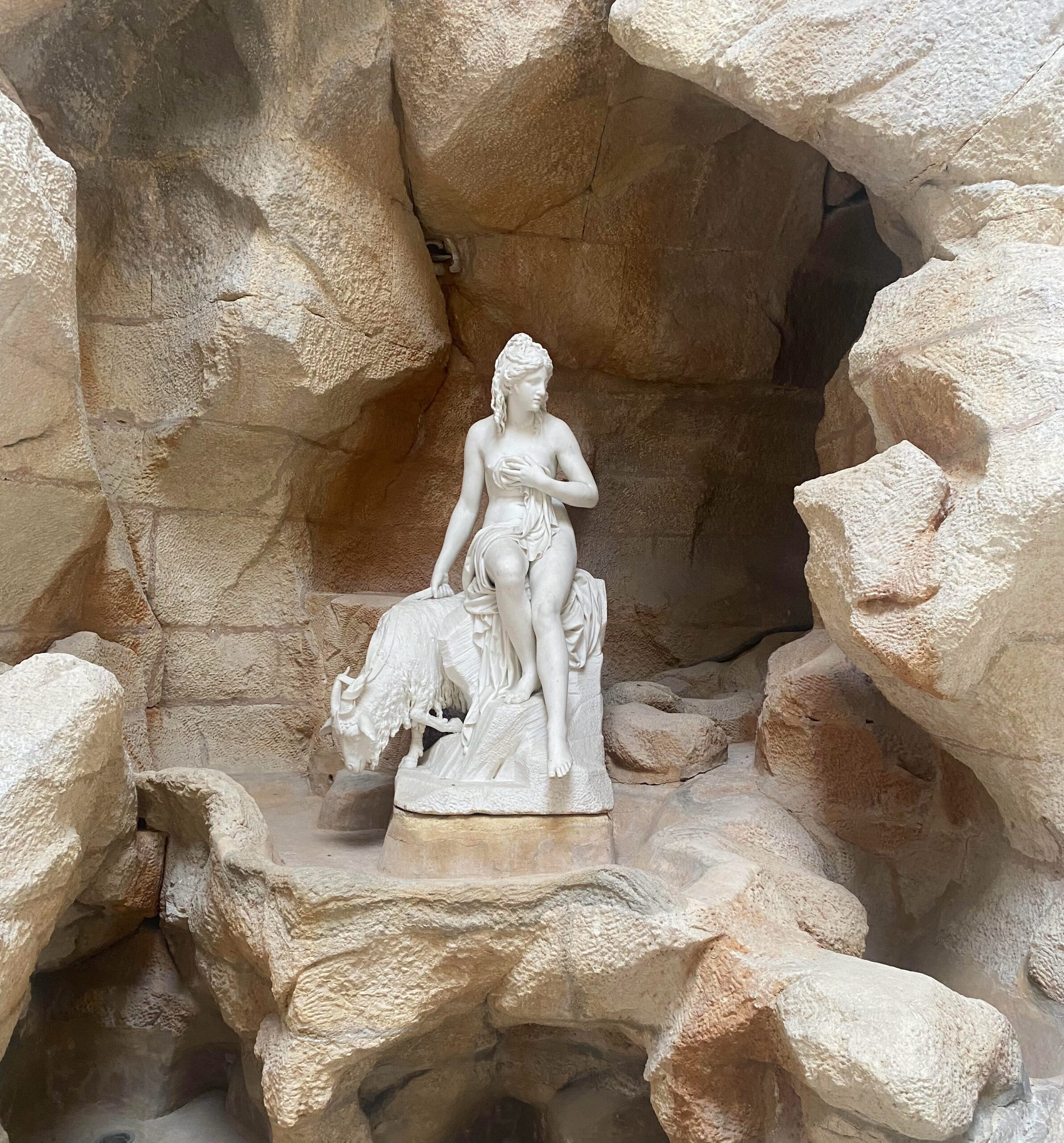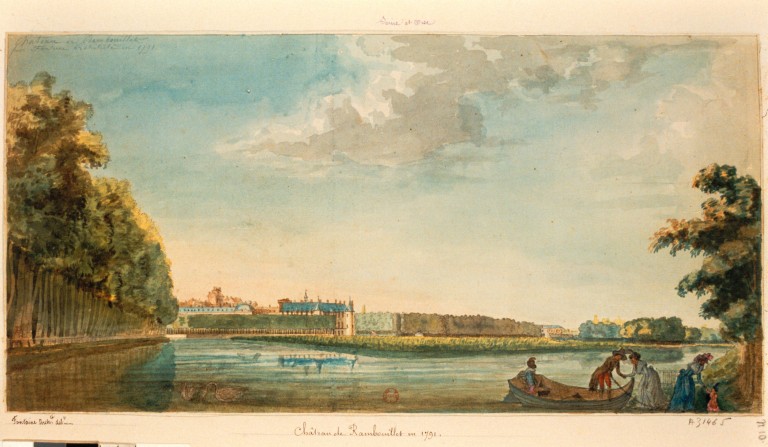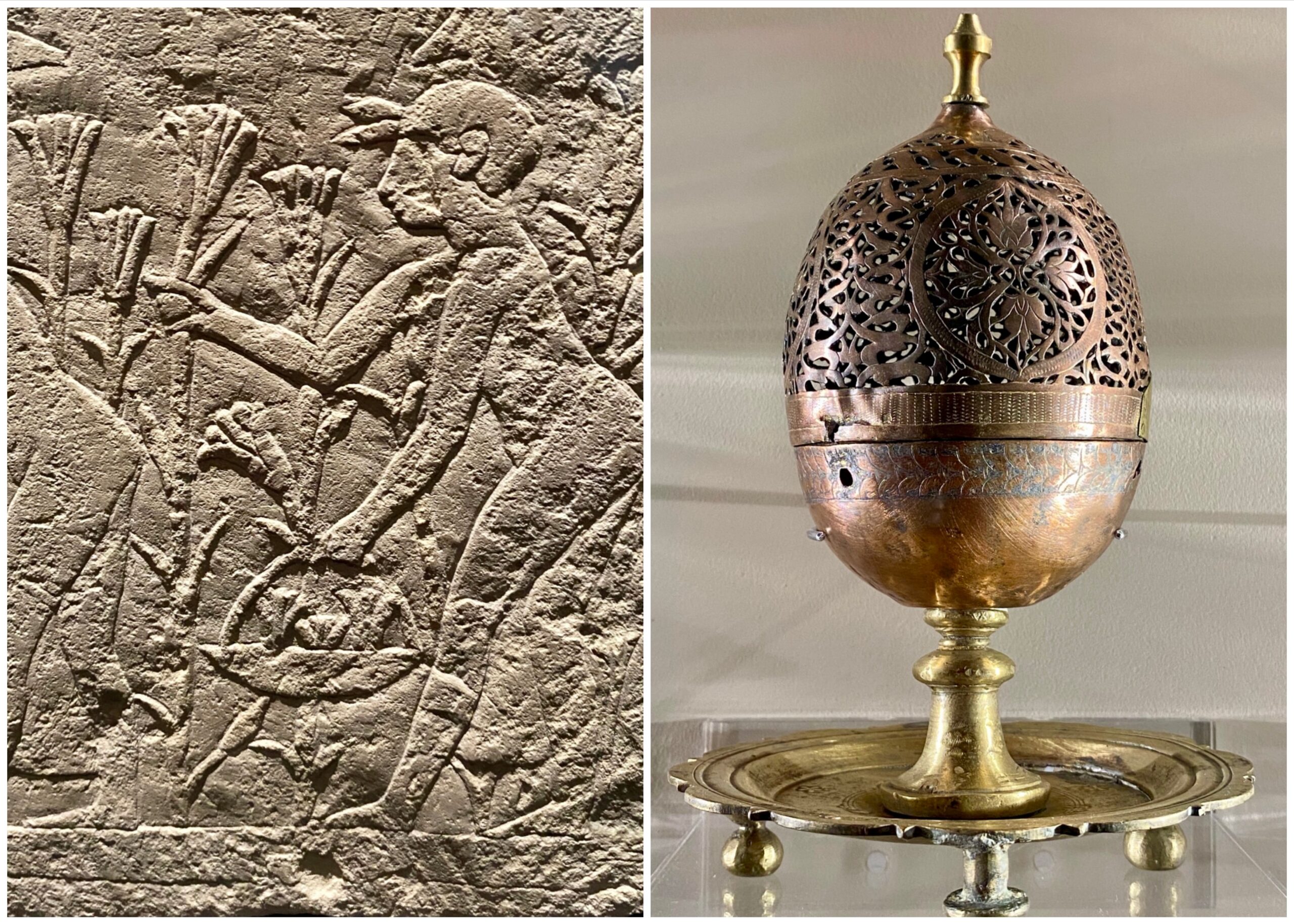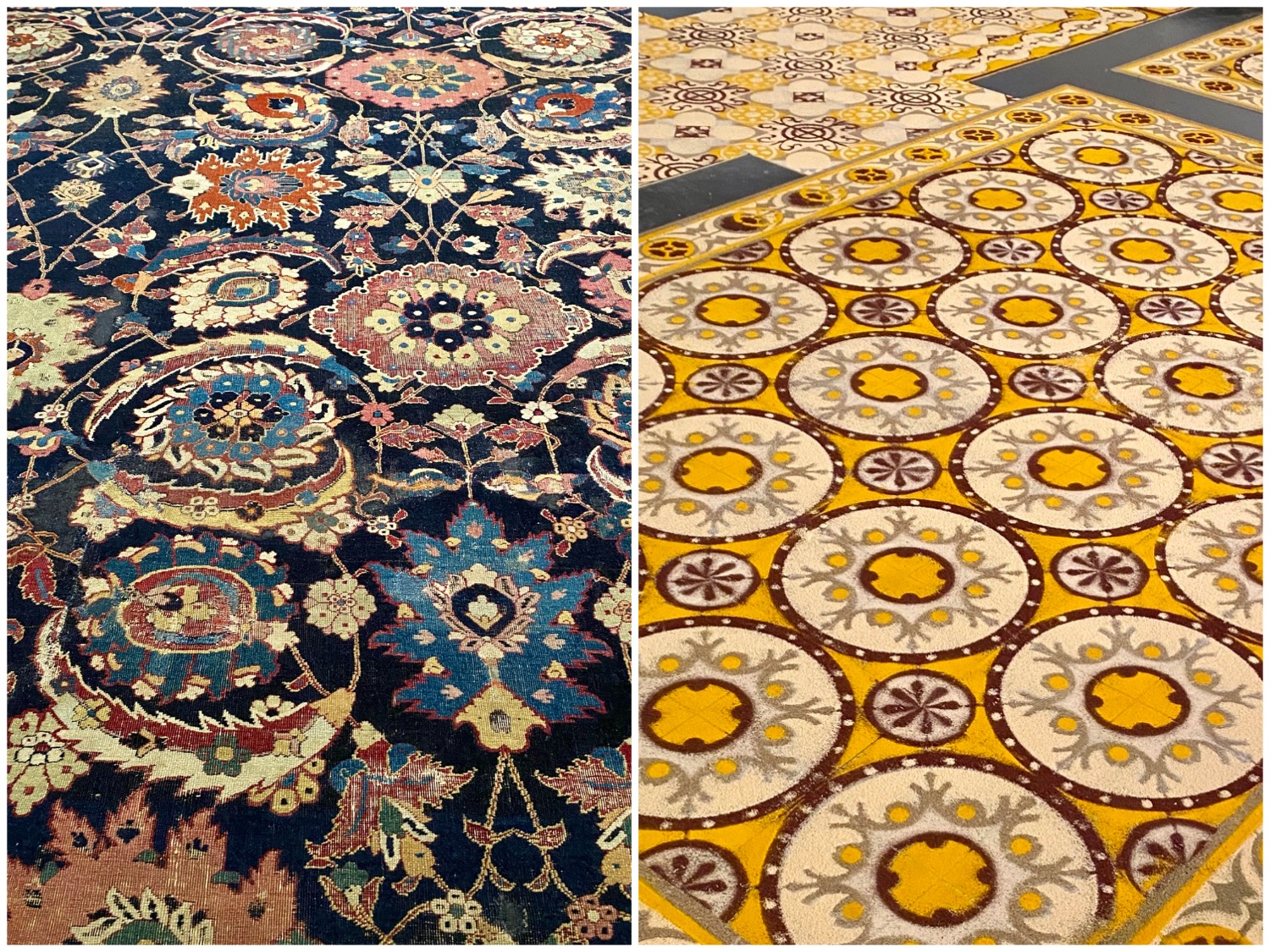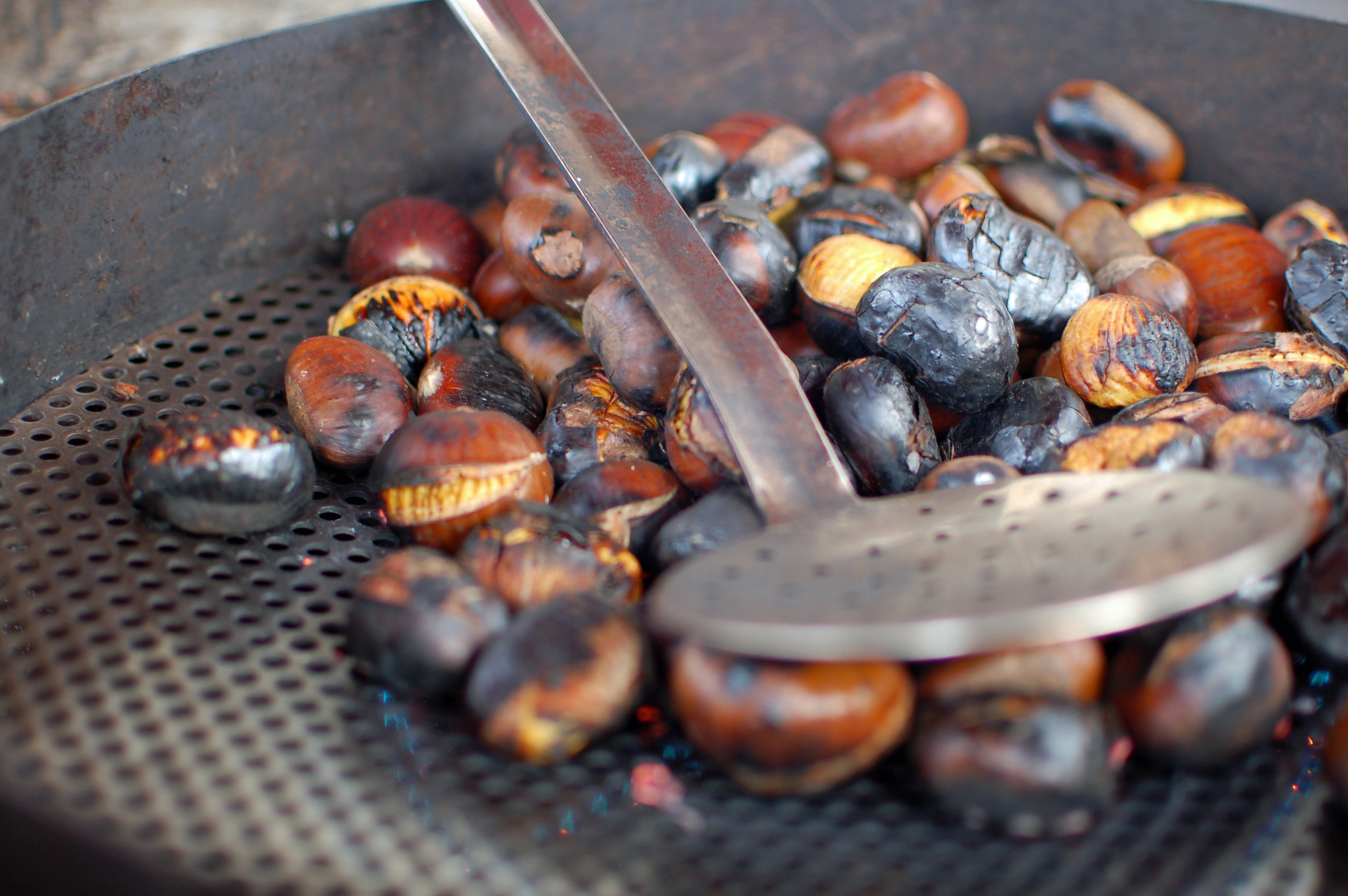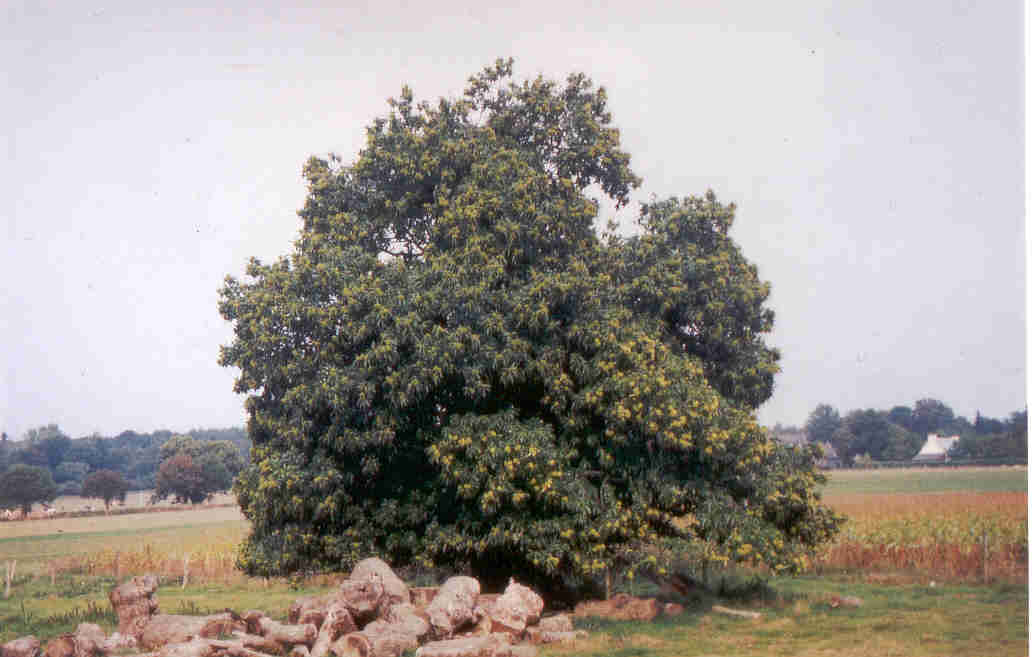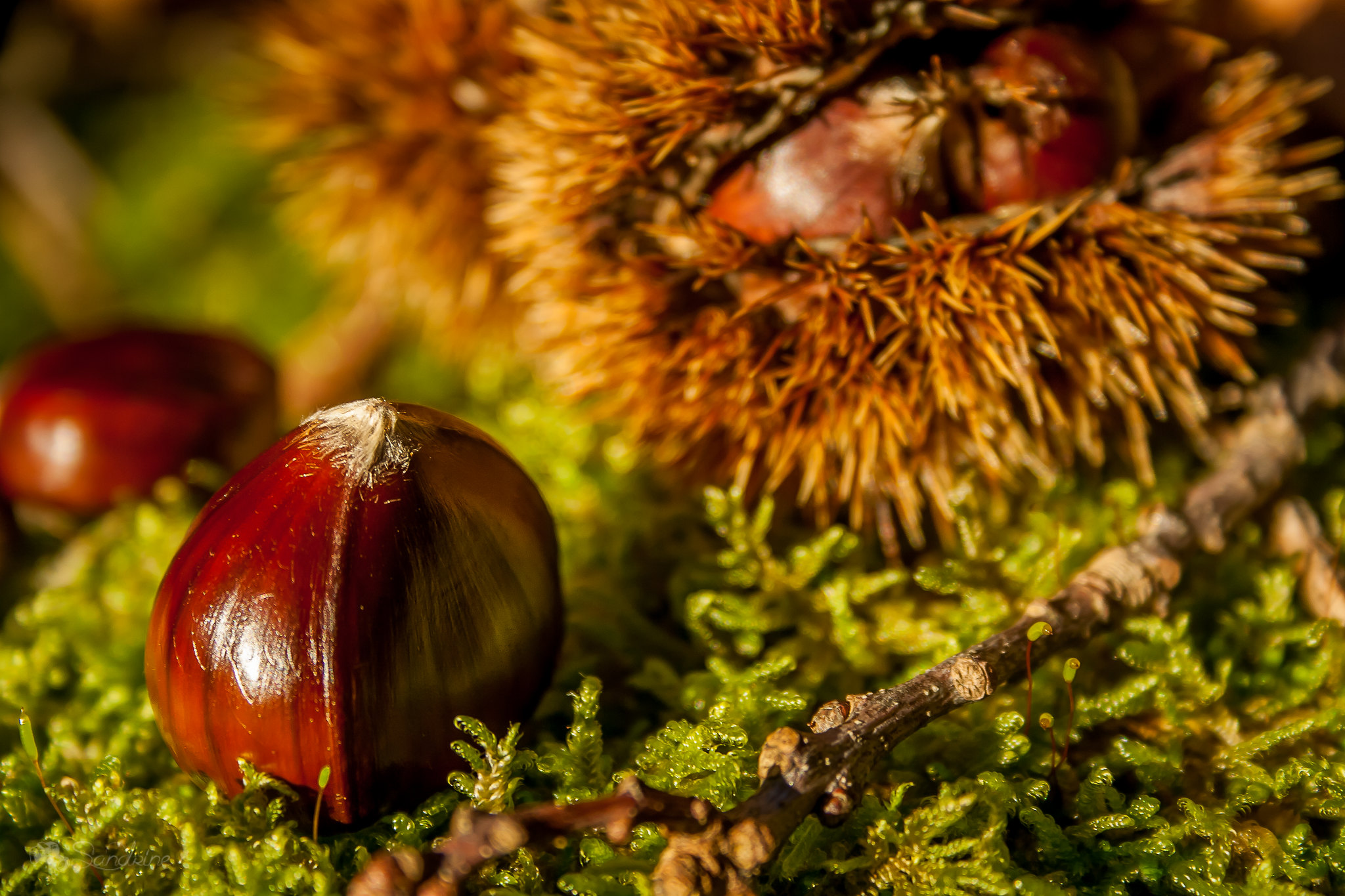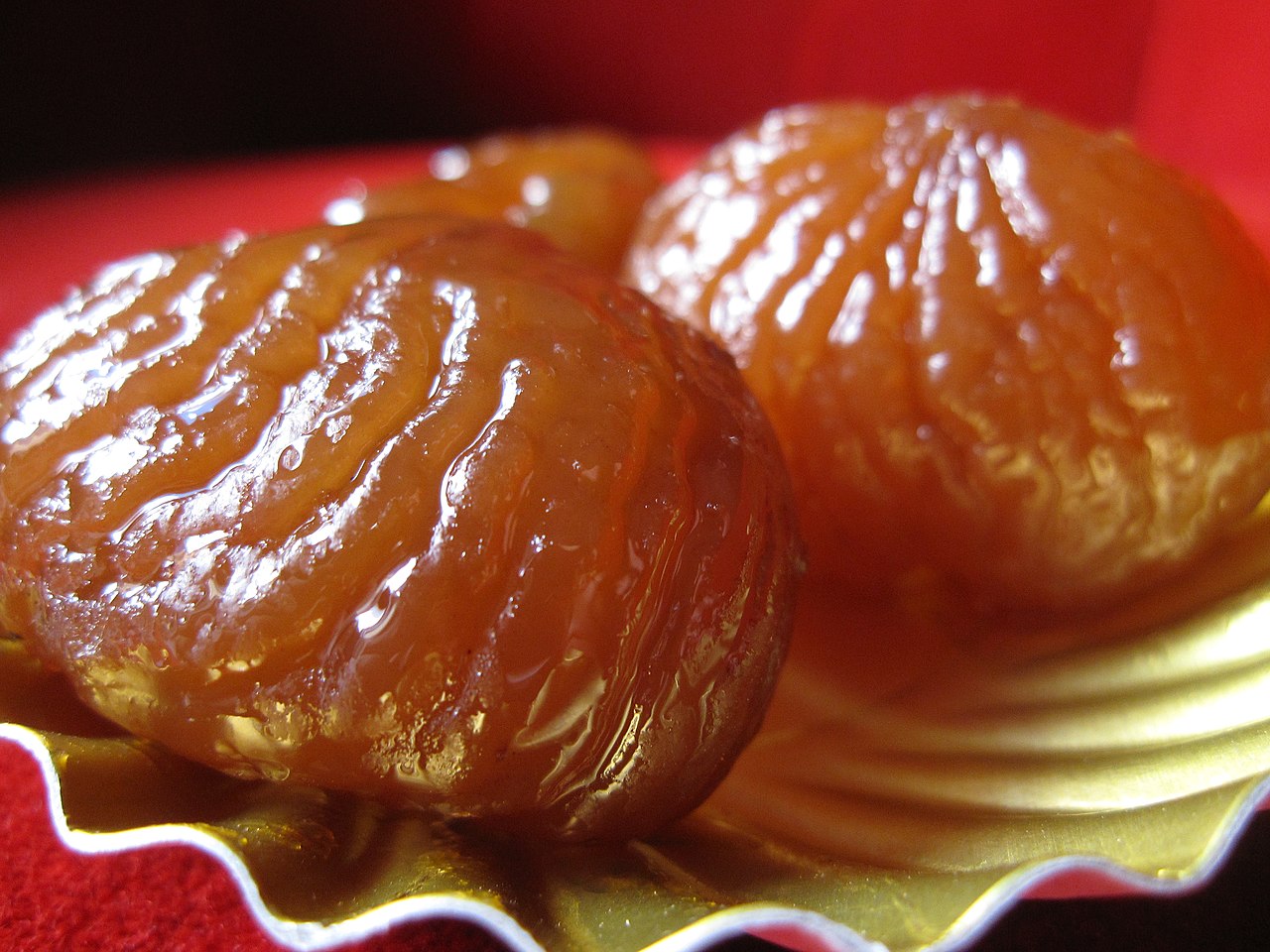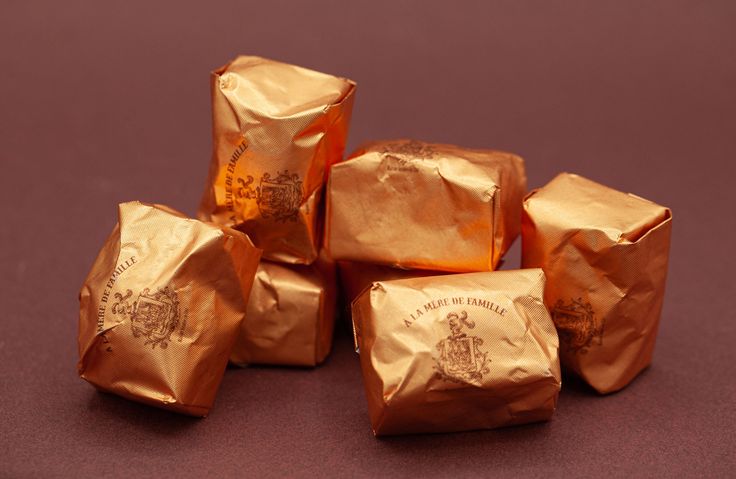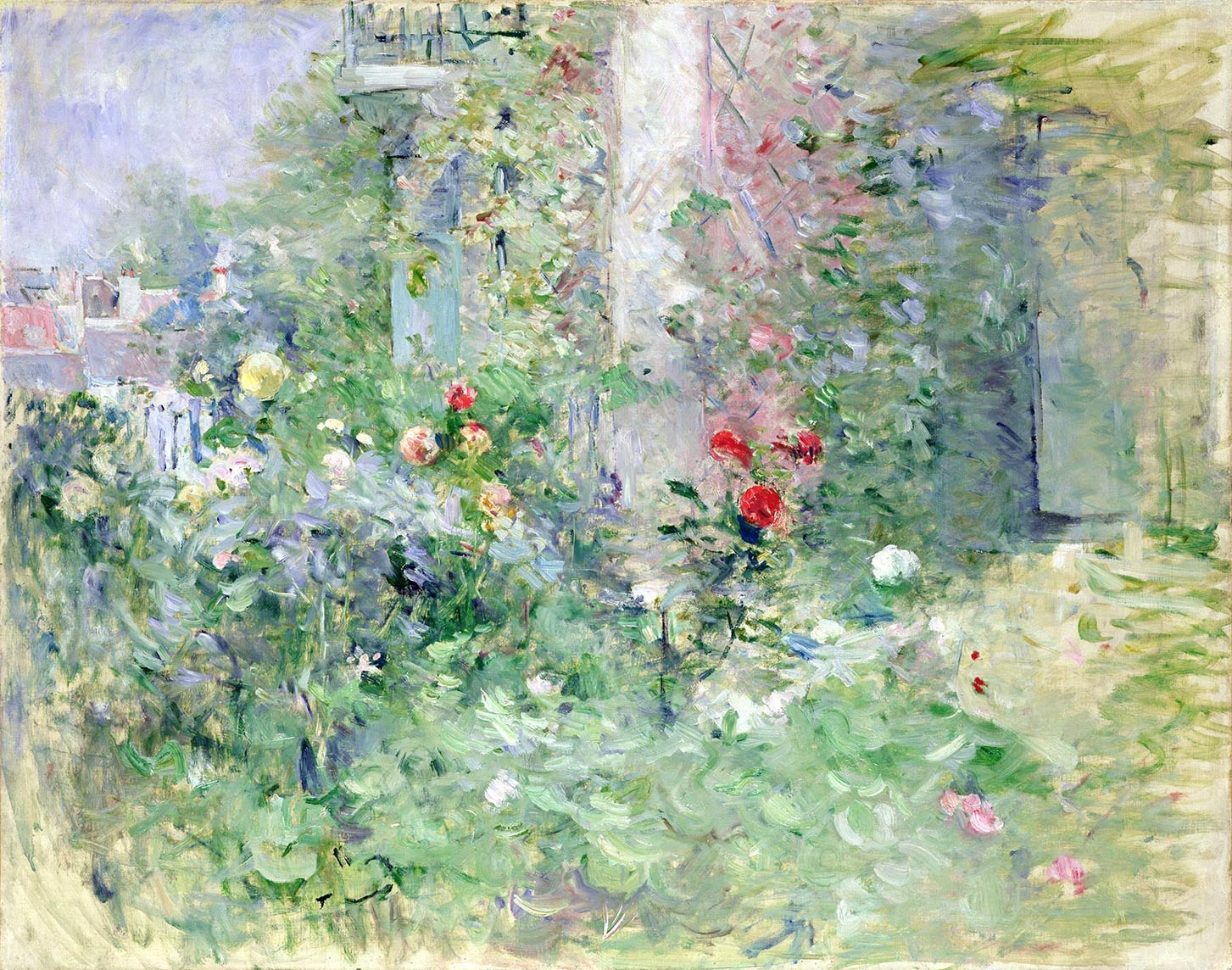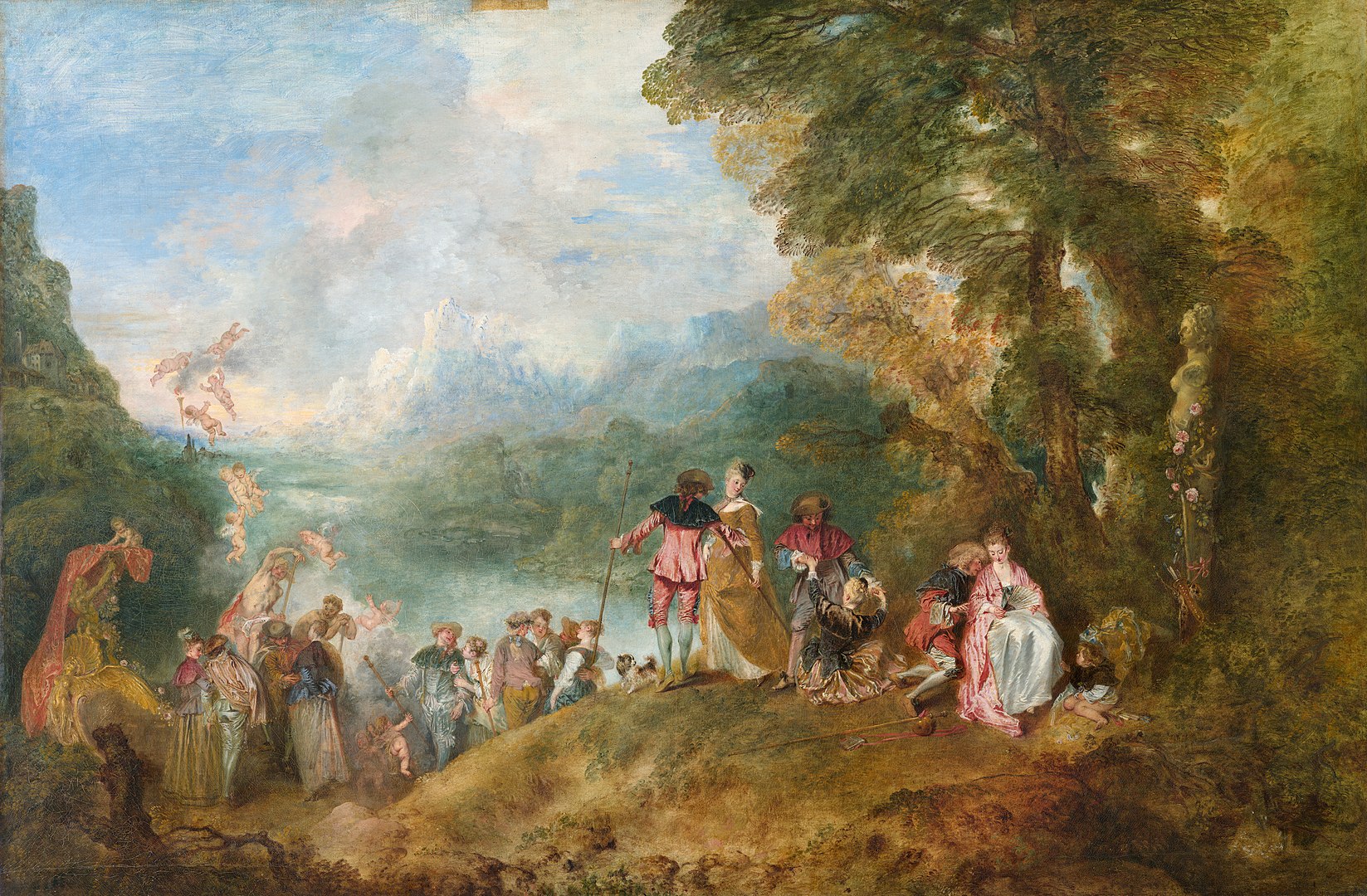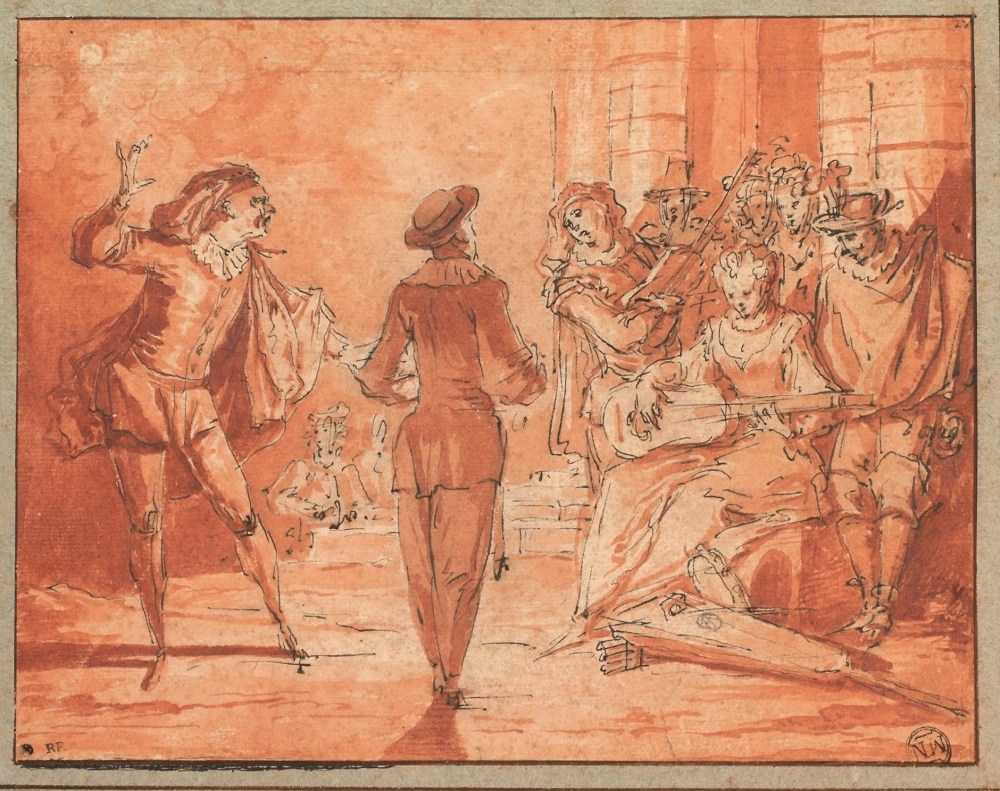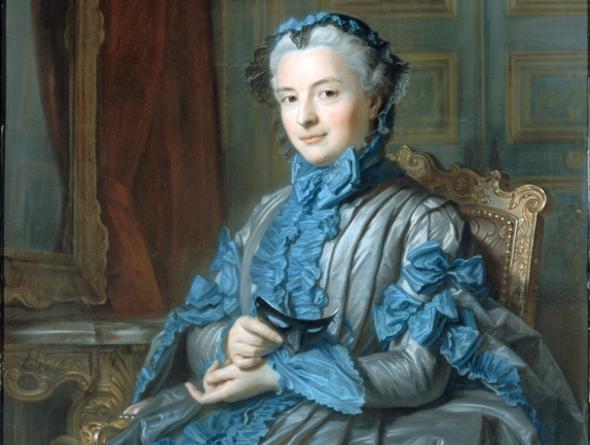https://www.picturesquevoyages.com/wp-content/uploads/2024/11/gingerbread-christmas-decoration-food-biscuit-bredele-tree-1617221-pxhere.com_.jpg
900
1350
admin8800
https://www.picturesquevoyages.com/wp-content/uploads/2019/02/picturesquevoyageslogo-300x68-2-300x68.png
admin88002024-12-10 11:37:342024-12-10 11:41:05The Best Traditional French Holiday Treats
https://www.picturesquevoyages.com/wp-content/uploads/2024/11/qi-li-ORsHmchc3x4-unsplash-scaled.jpg
1920
2560
admin8800
https://www.picturesquevoyages.com/wp-content/uploads/2019/02/picturesquevoyageslogo-300x68-2-300x68.png
admin88002024-11-21 11:47:222024-11-22 10:13:31Notre Dame de Paris: A Glorious Restoration and Reopening
https://www.picturesquevoyages.com/wp-content/uploads/2024/09/Screenshot-2024-09-13-at-11.14.23.png
606
830
admin8800
https://www.picturesquevoyages.com/wp-content/uploads/2019/02/picturesquevoyageslogo-300x68-2-300x68.png
admin88002024-09-13 15:52:042024-09-18 14:28:28Surprising Story: Nélie Jacquemart-André and the Chaalis Abbey
https://www.picturesquevoyages.com/wp-content/uploads/2024/03/Mont-Saint-Michel_vu_du_ciel.jpg
1440
2560
admin8800
https://www.picturesquevoyages.com/wp-content/uploads/2019/02/picturesquevoyageslogo-300x68-2-300x68.png
admin88002024-03-25 18:33:102024-06-21 11:30:45Surprising Story: Mont-Saint-Michel and its Bay
https://www.picturesquevoyages.com/wp-content/uploads/2024/03/Rambouillet-grotto-2-scaled.jpg
2560
2384
admin8800
https://www.picturesquevoyages.com/wp-content/uploads/2019/02/picturesquevoyageslogo-300x68-2-300x68.png
admin88002024-03-07 10:00:332024-03-10 16:44:56Surprising Story: Marie-Antoinette's Dairy at Rambouillet
https://www.picturesquevoyages.com/wp-content/uploads/2024/03/1788-portrait-of-the-princess-of-lamballe-by-anton-hickel-at-the-liechtenstein-b51fde.jpg
840
679
admin8800
https://www.picturesquevoyages.com/wp-content/uploads/2019/02/picturesquevoyageslogo-300x68-2-300x68.png
admin88002024-03-07 08:56:142024-03-25 18:01:17Surprising Story: The Princess de Lamballe at Rambouillet
https://www.picturesquevoyages.com/wp-content/uploads/2023/11/10c92f9e-6941-4741-884d-0e6dc954154d.jpg
1280
1280
admin8800
https://www.picturesquevoyages.com/wp-content/uploads/2019/02/picturesquevoyageslogo-300x68-2-300x68.png
admin88002023-11-22 10:09:382023-11-26 09:21:25Perfumes of the Orient Exhibit, a Evocative Journey through Scent
https://www.picturesquevoyages.com/wp-content/uploads/2023/11/263808352_4477461645623970_5561629971198846003_n.jpg
1440
1440
admin8800
https://www.picturesquevoyages.com/wp-content/uploads/2019/02/picturesquevoyageslogo-300x68-2-300x68.png
admin88002023-11-13 18:19:482023-11-26 09:24:46Chestnuts, a French Wintertime and Festive Season Essential
https://www.picturesquevoyages.com/wp-content/uploads/2023/09/1647px-LEmbarquement_pour_Cythere_by_Antoine_Watteau_from_C2RMF_retouched.jpg
1080
1647
admin8800
https://www.picturesquevoyages.com/wp-content/uploads/2019/02/picturesquevoyageslogo-300x68-2-300x68.png
admin88002023-09-21 11:44:472023-09-21 13:20:26Autumn 2023: a Season of 18th Century Exhibits
https://www.picturesquevoyages.com/wp-content/uploads/2023/06/865413-siege-et-prise-du-chateau-des-tuileries-le-10-aout-1792.jpeg
762
963
admin8800
https://www.picturesquevoyages.com/wp-content/uploads/2019/02/picturesquevoyageslogo-300x68-2-300x68.png
admin88002023-06-12 15:52:542023-06-19 10:42:52Surprising Stories: Marie Antoinette at the Tuileries 1789-1793
Scroll to top
 There are many reasons to come to Paris for Christmas. Streets are decked out in beautiful lights (such as the Champs Elysées), chateaux host special holiday events (like Vaux-le-Vicomte), but one of the best reasons is the food. Although the French take gastronomy very seriously all year round, cuisine plays an even greater role over the festive season, especially when it comes to holiday treats. Specialties can vary from region to region, while others have spread around the whole country. Whether you’ll be in France over the holidays or would like to try some new recipes back home, here are some of the best traditional French Christmas treats. Read more
There are many reasons to come to Paris for Christmas. Streets are decked out in beautiful lights (such as the Champs Elysées), chateaux host special holiday events (like Vaux-le-Vicomte), but one of the best reasons is the food. Although the French take gastronomy very seriously all year round, cuisine plays an even greater role over the festive season, especially when it comes to holiday treats. Specialties can vary from region to region, while others have spread around the whole country. Whether you’ll be in France over the holidays or would like to try some new recipes back home, here are some of the best traditional French Christmas treats. Read more



